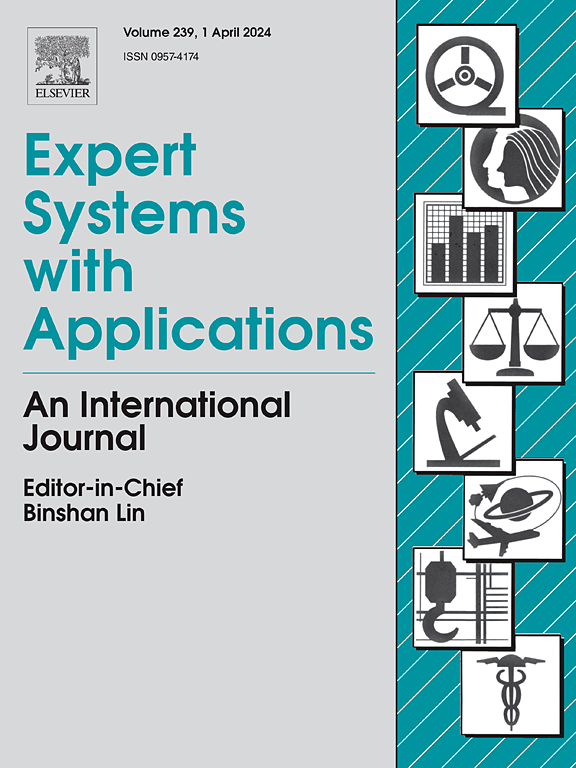ME-WARD: A multimodal ergonomic analysis tool for musculoskeletal risk assessment from inertial and video data in working places
IF 7.5
1区 计算机科学
Q1 COMPUTER SCIENCE, ARTIFICIAL INTELLIGENCE
引用次数: 0
Abstract
This study presents ME-WARD (Multimodal Ergonomic Workplace Assessment and Risk from Data), a novel system for ergonomic assessment and musculoskeletal risk evaluation that implements the Rapid Upper Limb Assessment (RULA) method. ME-WARD is designed to process joint angle data from motion capture systems, including inertial measurement unit (IMU)-based setups, and deep learning human body pose tracking models. The tool’s flexibility enables ergonomic risk assessment using any system capable of reliably measuring joint angles, extending the applicability of RULA beyond proprietary setups. To validate its performance, the tool was tested in an industrial setting during the assembly of conveyor belts, which involved high-risk tasks such as inserting rods and pushing conveyor belt components. The experiments leveraged gold standard IMU systems alongside a state-of-the-art monocular 3D pose estimation system. The results confirmed that ME-WARD produces reliable RULA scores that closely align with IMU-derived metrics for flexion-dominated movements and comparable performance with the monocular system, despite limitations in tracking lateral and rotational motions. This work highlights the potential of integrating multiple motion capture technologies into a unified and accessible ergonomic assessment pipeline. By supporting diverse input sources, including low-cost video-based systems, the proposed multimodal approach offers a scalable, cost-effective solution for ergonomic assessments, paving the way for broader adoption in resource-constrained industrial environments.
求助全文
约1分钟内获得全文
求助全文
来源期刊

Expert Systems with Applications
工程技术-工程:电子与电气
CiteScore
13.80
自引率
10.60%
发文量
2045
审稿时长
8.7 months
期刊介绍:
Expert Systems With Applications is an international journal dedicated to the exchange of information on expert and intelligent systems used globally in industry, government, and universities. The journal emphasizes original papers covering the design, development, testing, implementation, and management of these systems, offering practical guidelines. It spans various sectors such as finance, engineering, marketing, law, project management, information management, medicine, and more. The journal also welcomes papers on multi-agent systems, knowledge management, neural networks, knowledge discovery, data mining, and other related areas, excluding applications to military/defense systems.
 求助内容:
求助内容: 应助结果提醒方式:
应助结果提醒方式:


